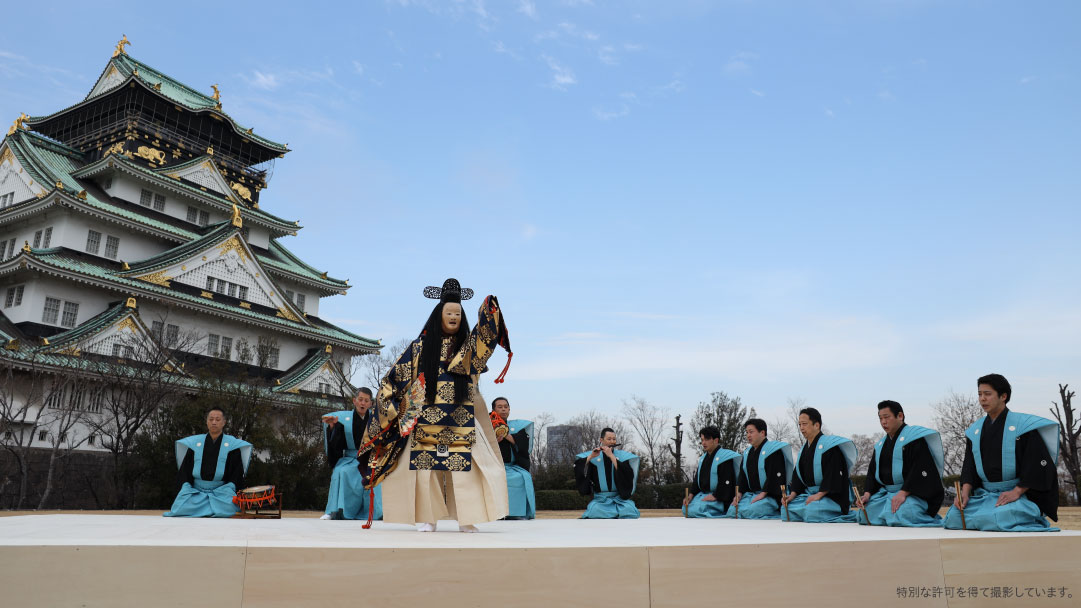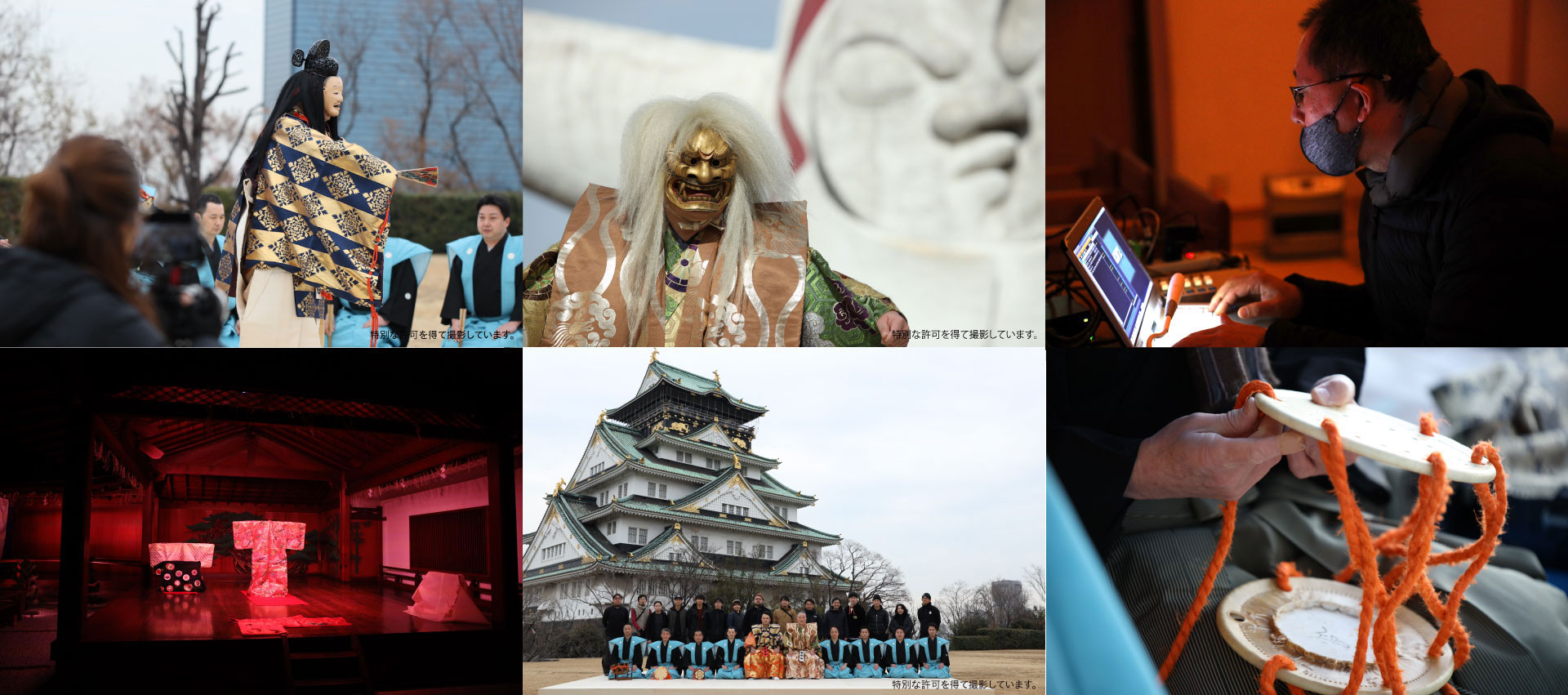Lady Aoi, the wife of Hikaru Genji and the daughter of the Minister on the Left, has been possessed by an evil spirit and is currently bedridden. After unsuccessfully trying out different treatments, the courtiers finally call the priestess Teruhi (tsuré), who has the ability to summon spirits and reveal their true identity with the sound of her catalpa bow.
The one lured forth by the priestess’ magic turns out to be none other than the vengeful living spirit of Lady Rokujō (shité in act one) - the former mistress of Prince Genji, and the wife of the Crown Prince. Although a noble and well-educated woman, Lady Rokujō is holding a deep grudge since being abandoned by Prince Genji. Furthermore, she was publicly humiliated and had her ox-cart broken by Prince Genji’s wife, Lady Aoi, at the Kamo Festival, where she had secretly gone to catch a glimpse of Genji. Lady Rokujō’s ghost is overcome with rage and jealousy, and upon seeing the bedridden Aoi-no-ue, she hits her bare-handed (a despicable act for an aristocrat), and tries to snatch her soul.
Terrified by Lady Rokujō’s wrath, the courtiers call for the Shugendō hermit and exorcist Yokawa-no-Kohijiri (waki). When Yokawa starts praying, Lady Rokujō's spirit (shité in act two) appears again, now transformed into a demon by her jealousy. The vengeful demon attacks Lady Aoi, but her anger eventually focuses on Yokawa. The battle is fierce, but through the power of prayer, the demon eventually calms down and attains Buddhahood.





































